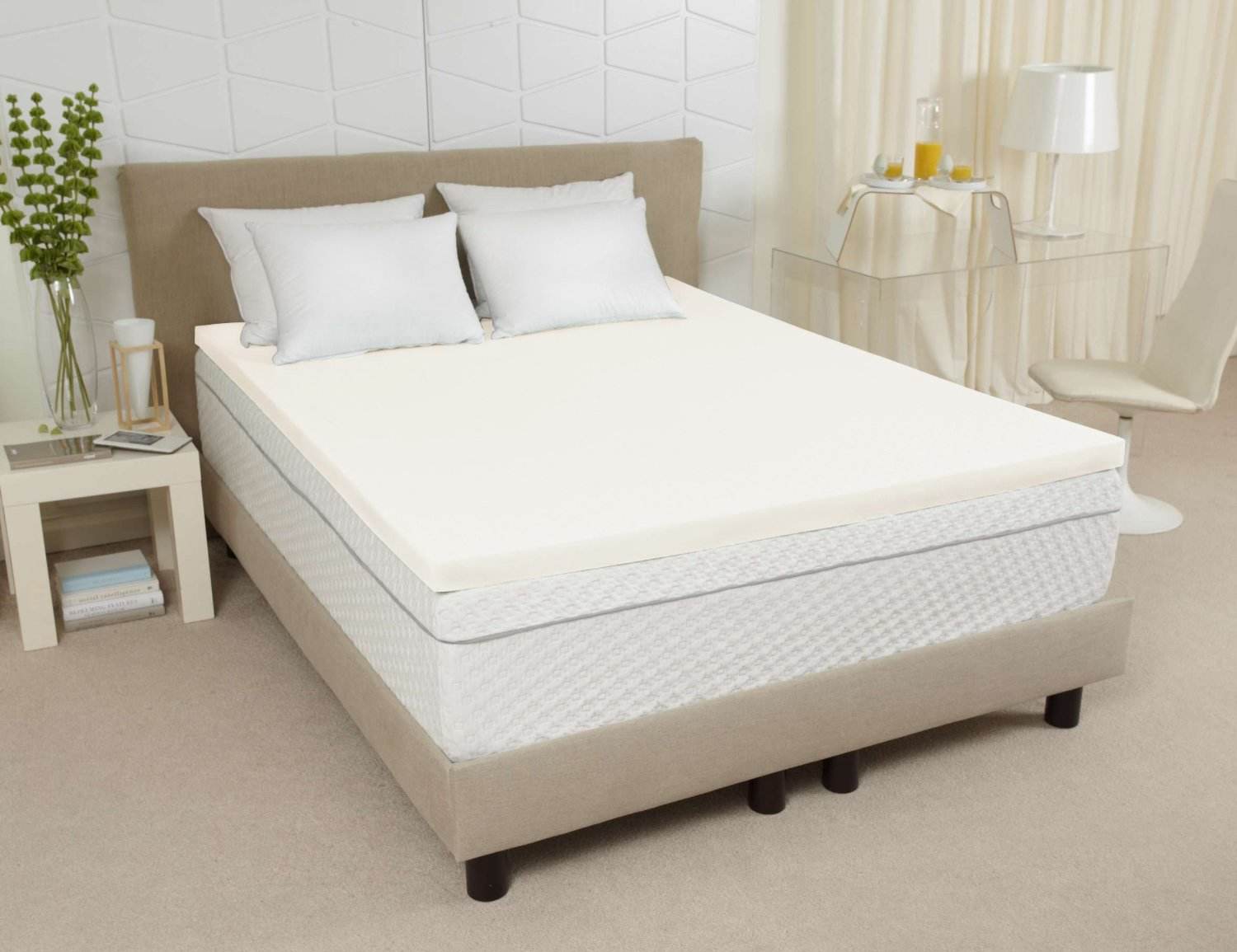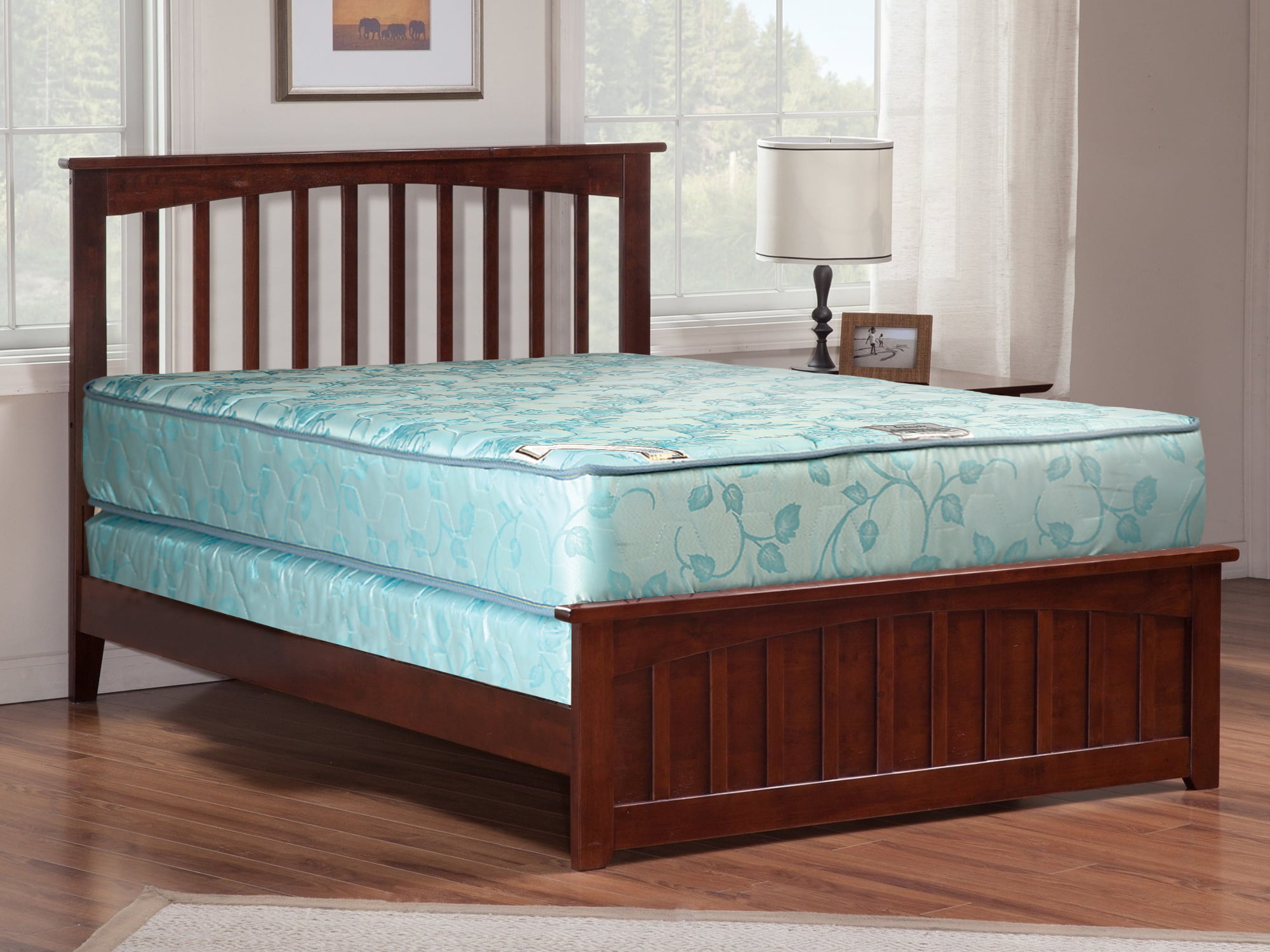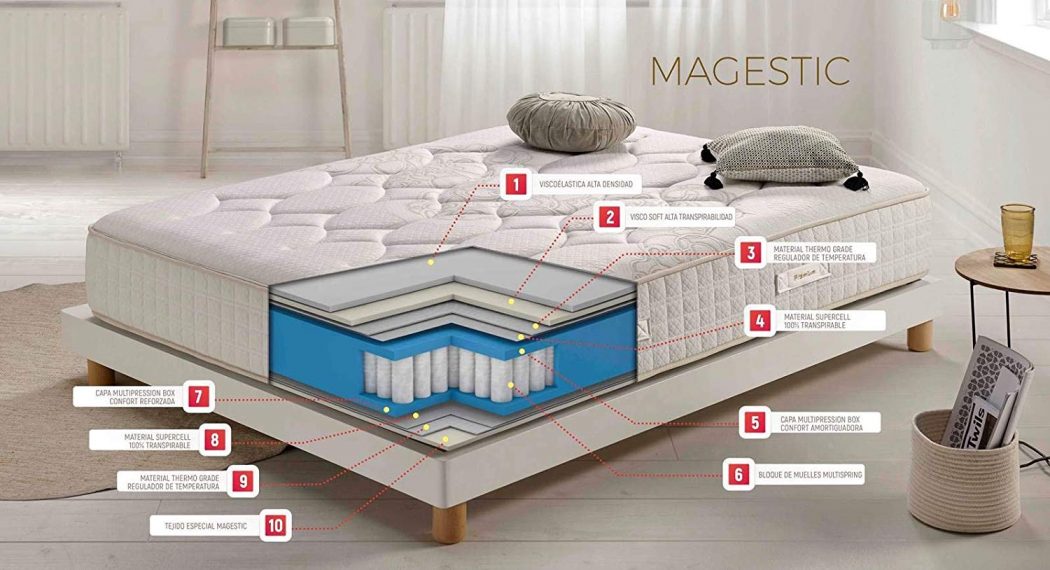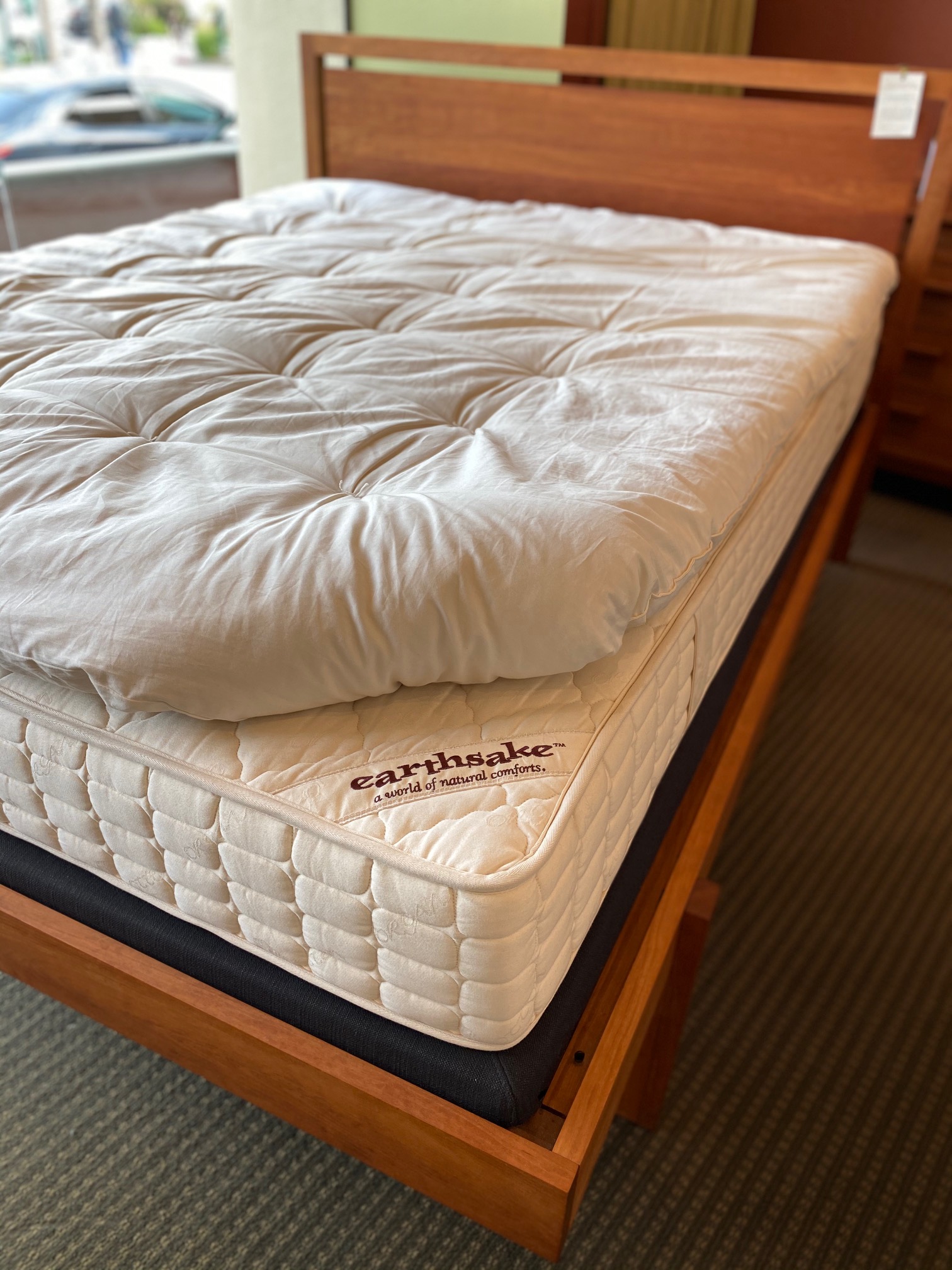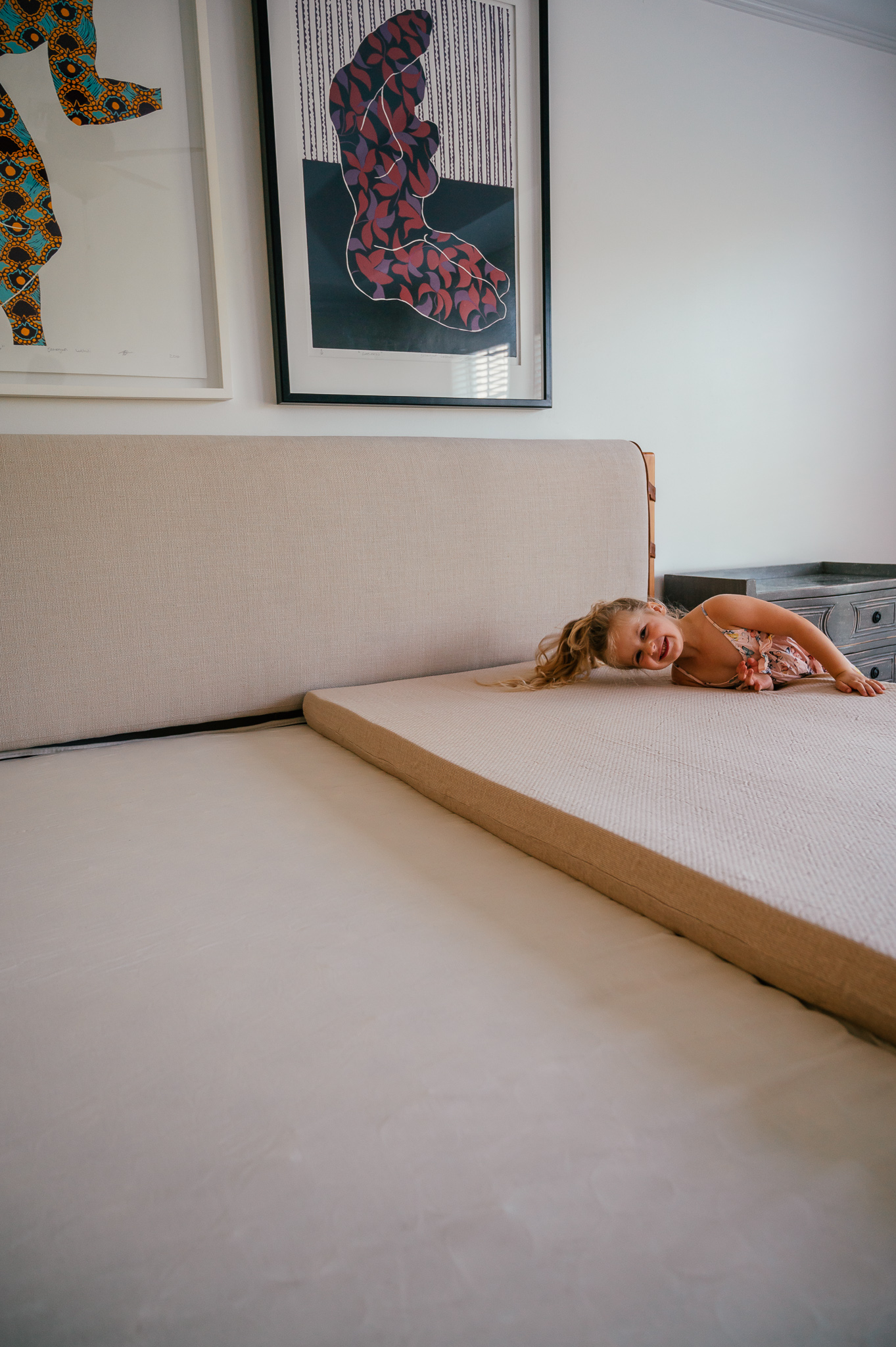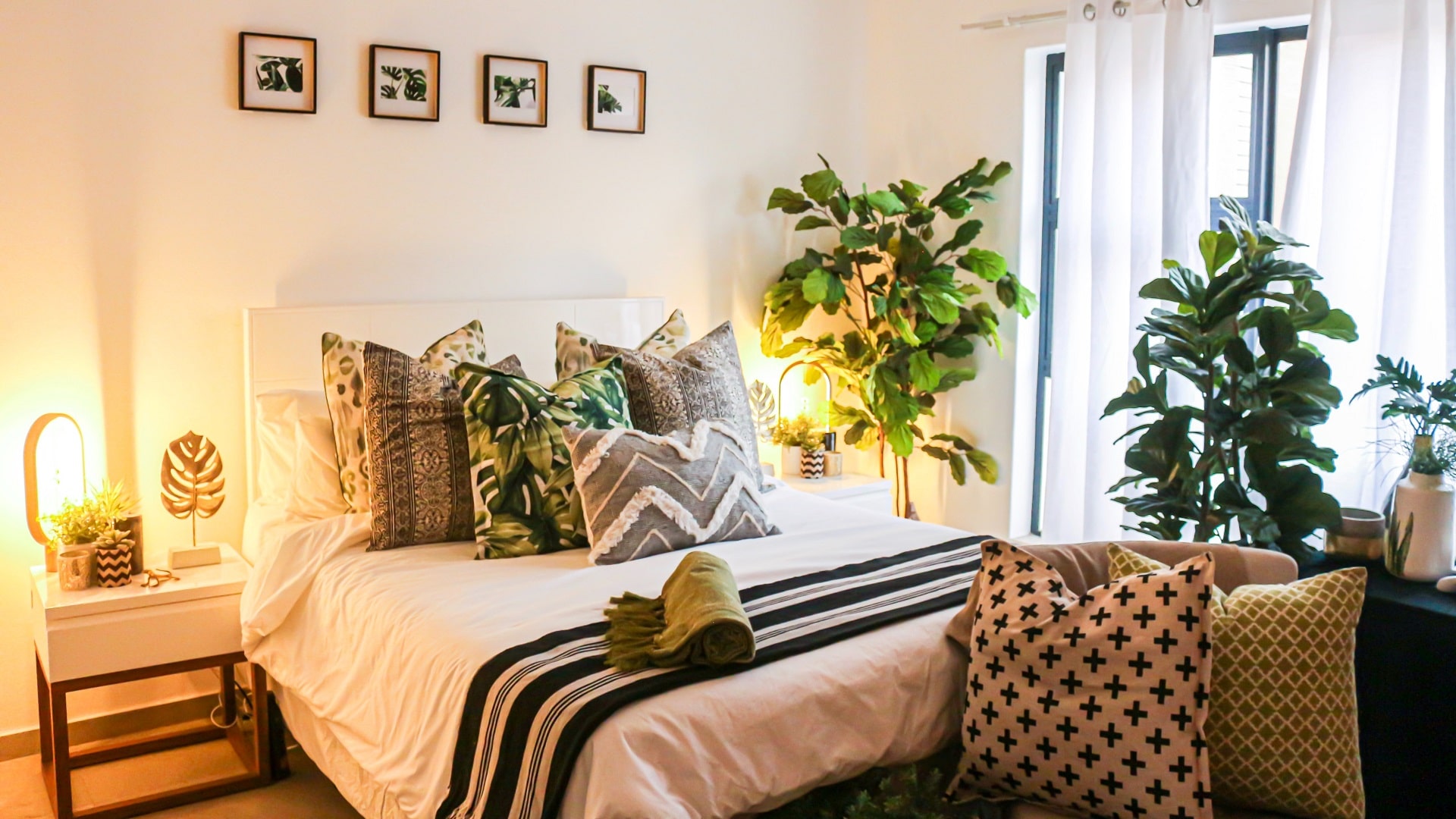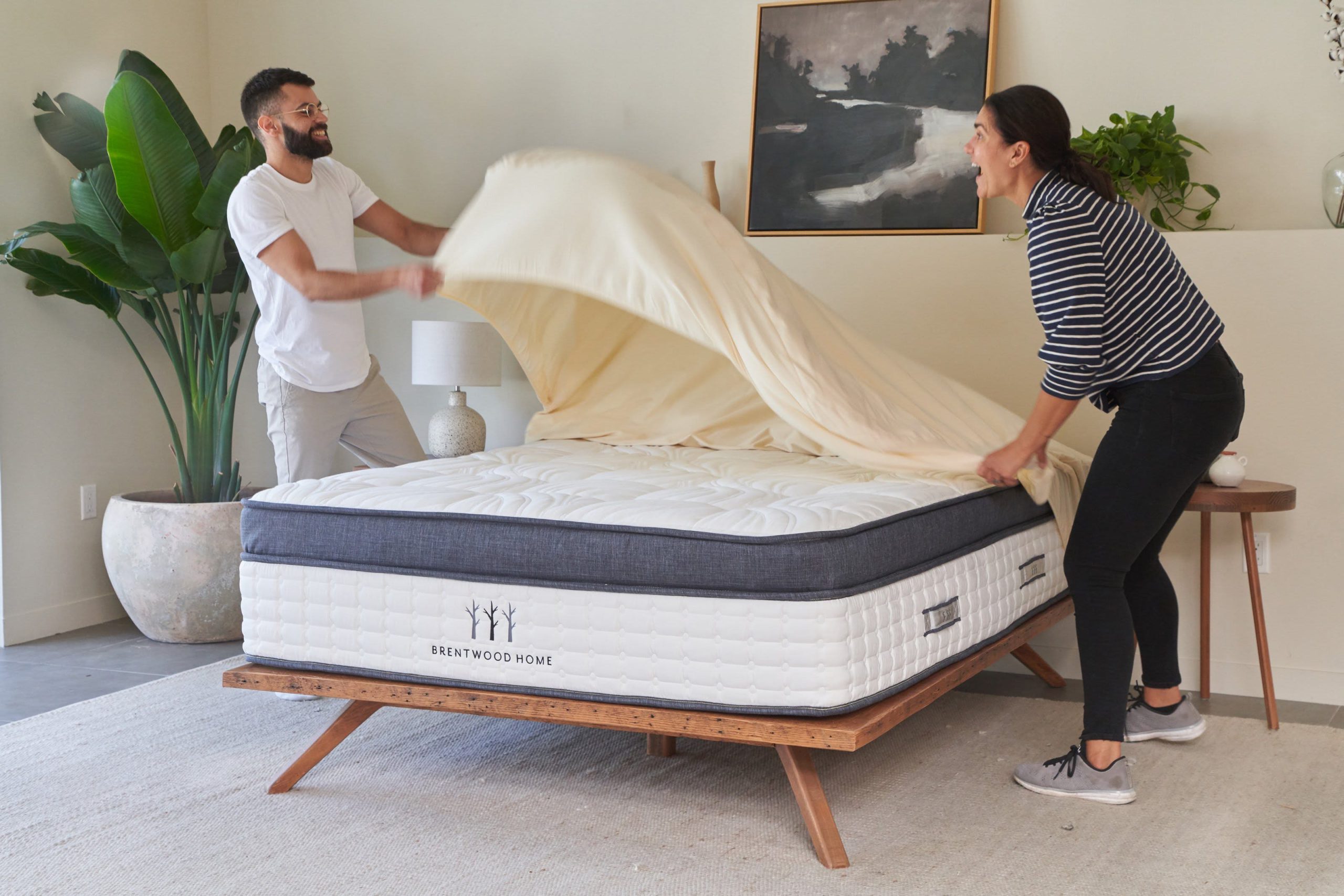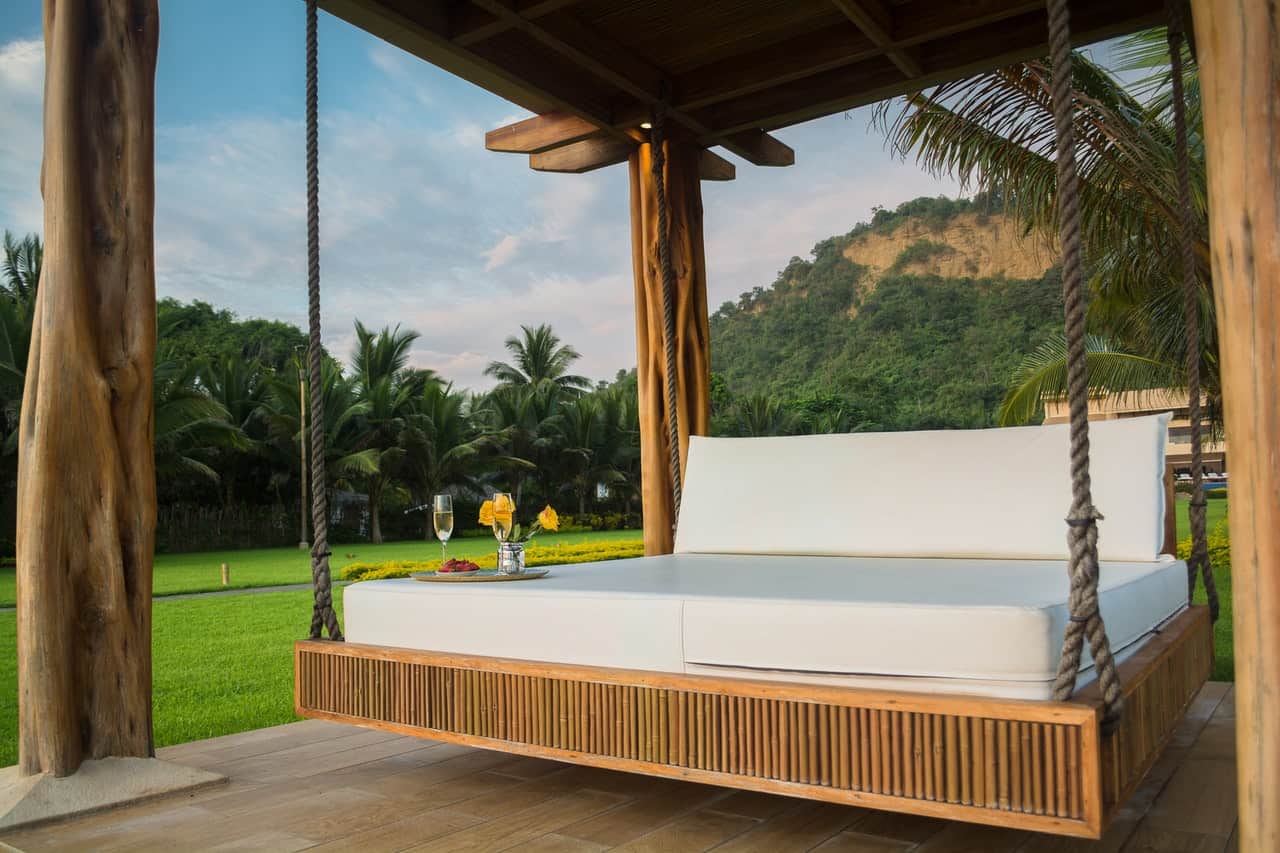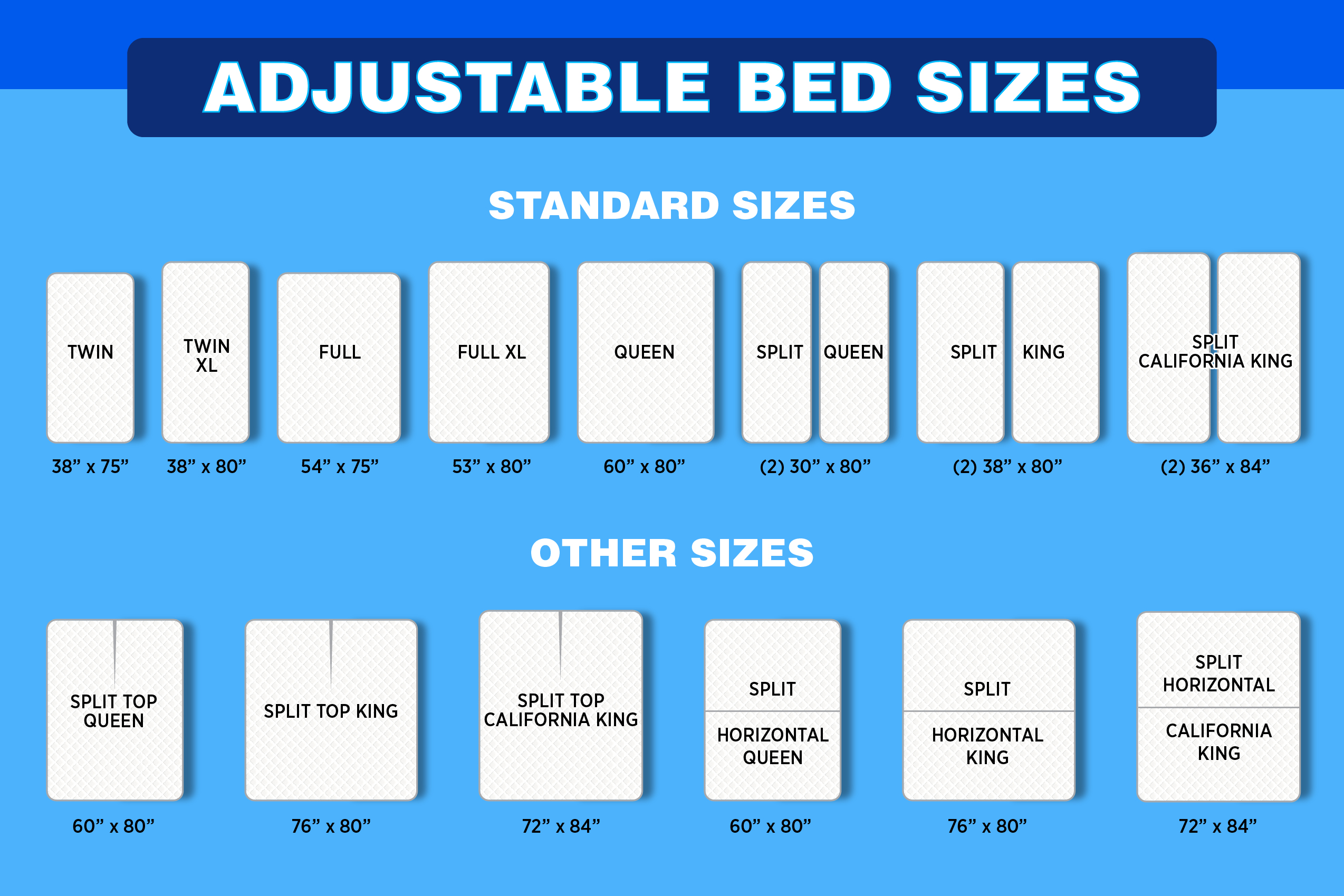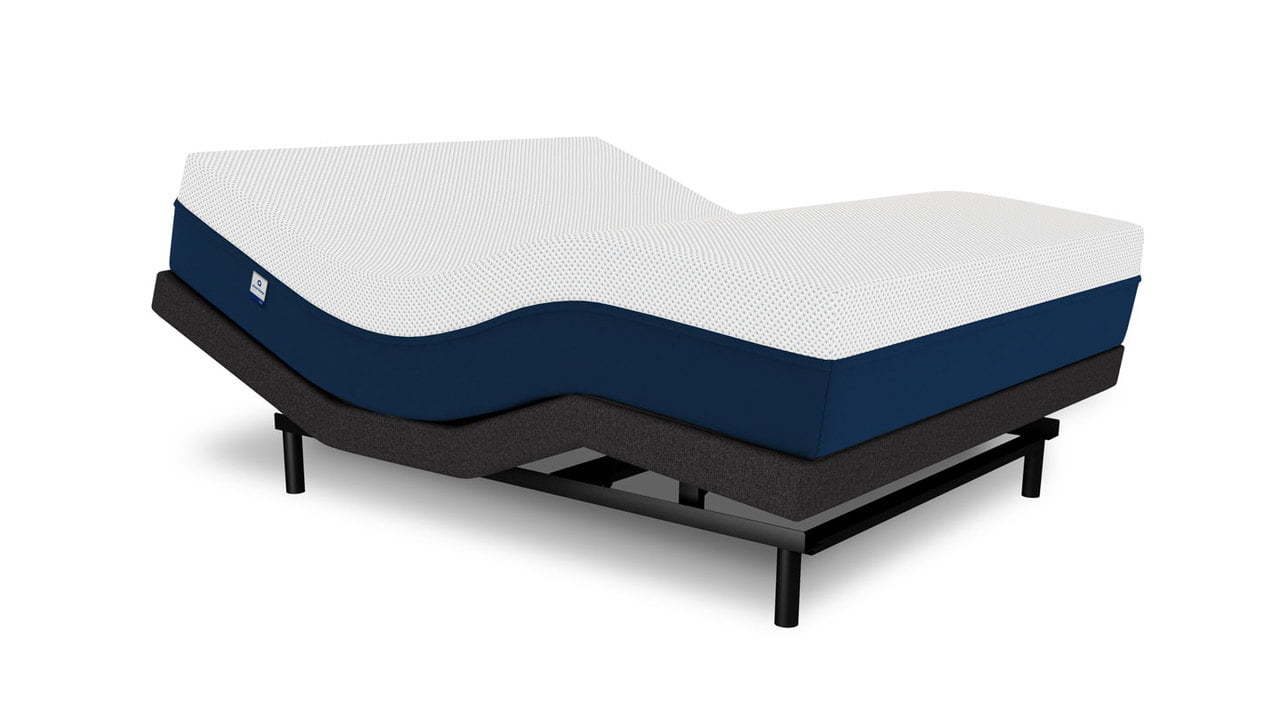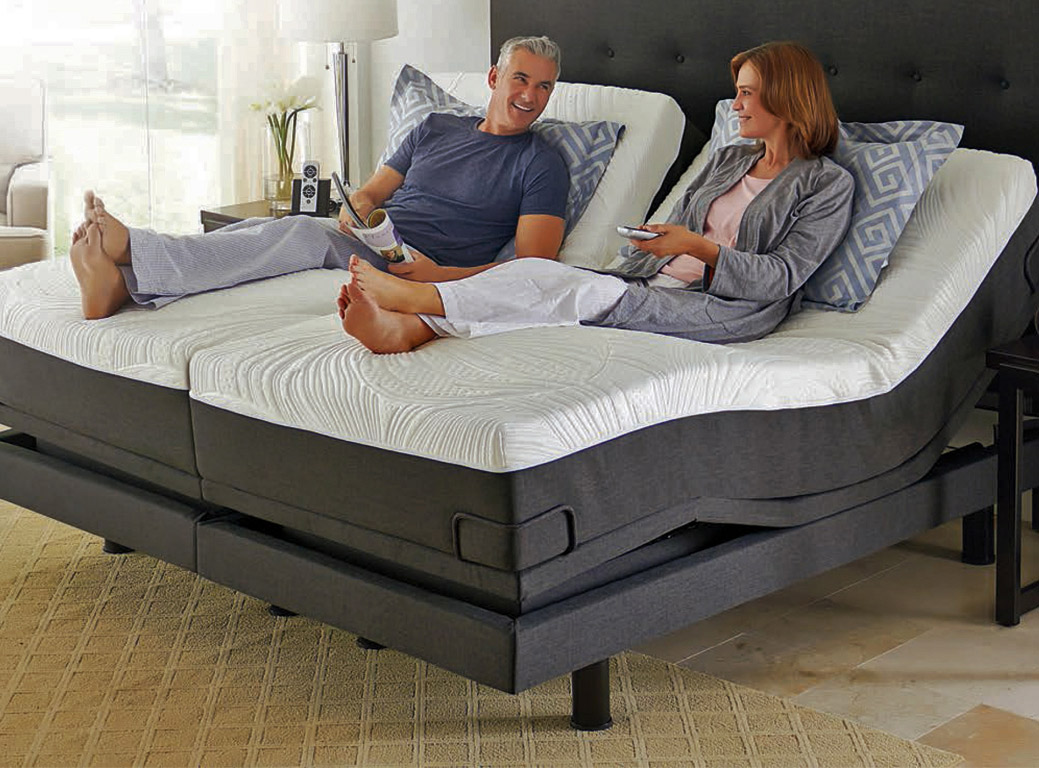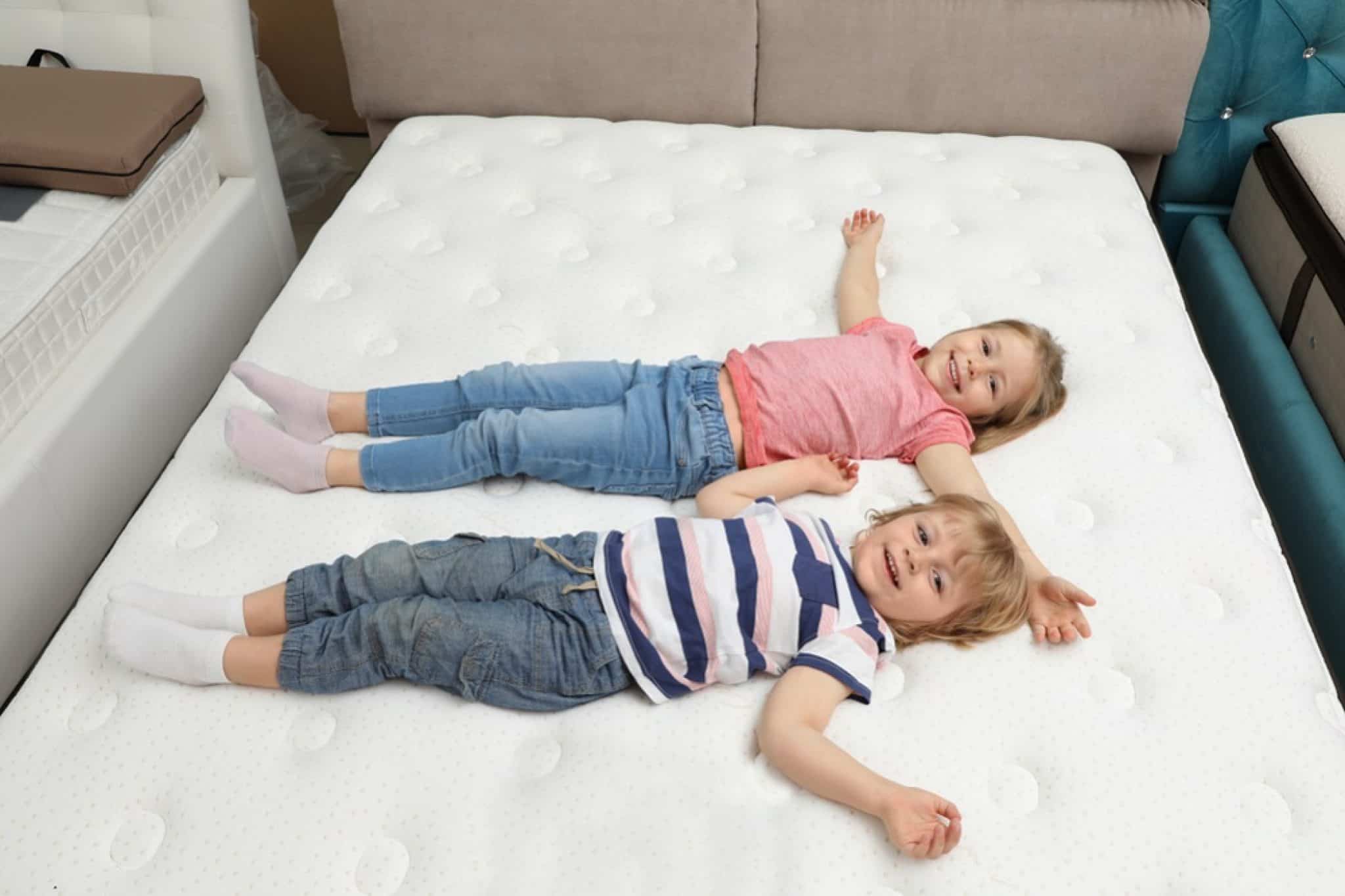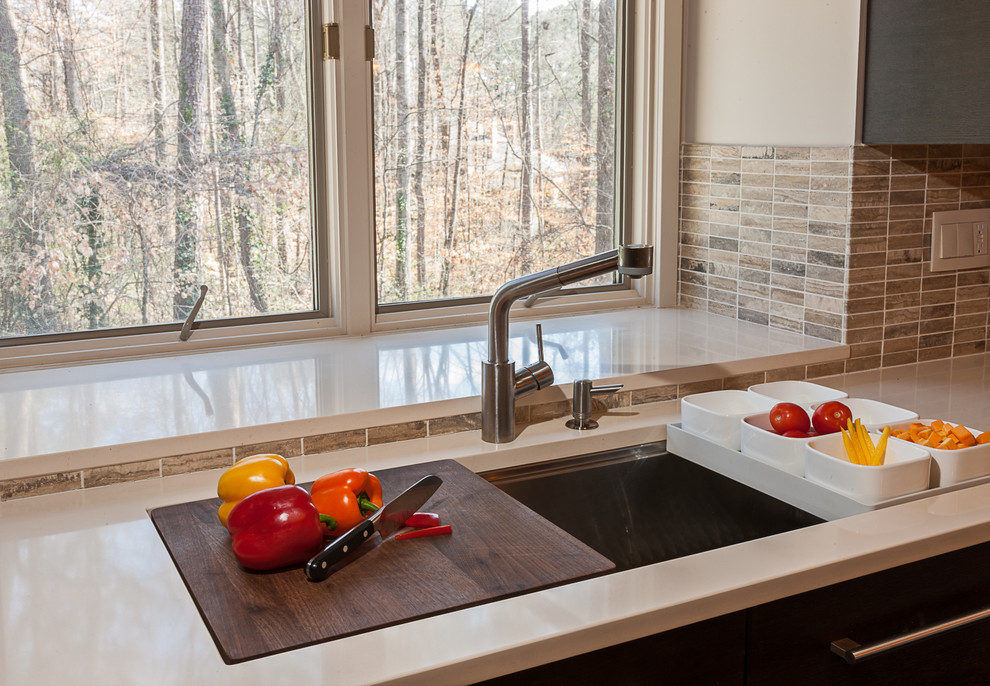When it comes to finding the best mattress for your child, memory foam mattresses are a popular choice. These mattresses are made from a special type of foam that conforms to the body, providing excellent support and pressure relief. This is especially beneficial for growing children, as it can help promote proper spinal alignment and alleviate aches and pains. Additionally, memory foam mattresses are known for their durability, making them a wise investment for your child's sleep needs.1. Memory Foam Mattress
Another popular option for children's mattresses is the innerspring mattress. These mattresses are made with a network of metal coils that provide support and bounce. They are a more traditional type of mattress and are often more affordable than other options. Innerspring mattresses also offer good temperature regulation, making them a comfortable choice for children who tend to sleep hot.2. Innerspring Mattress
If you're looking for a more eco-friendly option, consider a latex mattress for your child. These mattresses are made from natural latex, which is derived from the sap of rubber trees. They are hypoallergenic and resistant to dust mites, making them a great choice for children with allergies or asthma. Latex mattresses also offer good support and pressure relief, making them a comfortable and healthy option for your child's sleep.3. Latex Mattress
A hybrid mattress combines the benefits of both memory foam and innerspring mattresses. They typically have a layer of memory foam on top for comfort and pressure relief, and a layer of coils for support and bounce. Hybrid mattresses are a great option for children who may need a little extra support or comfort while they sleep.4. Hybrid Mattress
For parents who are concerned about chemicals and toxins in their child's mattress, an organic mattress is a safe and healthy option. These mattresses are made with natural materials such as organic cotton, wool, and latex. They are free from harmful chemicals and are better for both your child's health and the environment.5. Organic Mattress
Accidents happen, especially with young children. That's why a waterproof mattress is a smart choice for parents. These mattresses have a waterproof layer that protects the mattress from spills and accidents, making clean-up a breeze. They are also hypoallergenic and resistant to mold, making them a healthy option for your child's sleep environment.6. Waterproof Mattress
If your child has special needs or health concerns, an adjustable mattress may be the best option. These mattresses can be adjusted to different levels of firmness, allowing you to find the perfect level of support for your child's specific needs. They are also a good choice for children who may have trouble sleeping due to issues like acid reflux or snoring.7. Adjustable Mattress
For children who share a room or have limited space, a bunk bed mattress is a practical choice. These mattresses are designed to fit perfectly on a bunk bed frame and provide good support and comfort. They also come in different sizes to fit different bunk bed configurations, making them a versatile and space-saving option for your child's bedroom.8. Bunk Bed Mattress
For older children or teenagers, a twin mattress is a popular choice. These mattresses are slightly larger than a crib or toddler mattress, providing more room for growing bodies. They are also a cost-effective option, as they are generally less expensive than larger mattress sizes.9. Twin Mattress
For younger children transitioning from a crib to a bed, a toddler mattress is the perfect size. These mattresses are smaller than a twin but larger than a crib mattress, making them a comfortable and safe option for your child's first big bed. They are also designed to be low to the ground, reducing the risk of injury from falls. When it comes to choosing the best mattress for your child, it's important to consider factors such as support, comfort, durability, and safety. Whether you opt for a memory foam, innerspring, or organic mattress, make sure to choose a high-quality option that will promote healthy and restful sleep for your child. With the right mattress, your child can wake up feeling refreshed and ready to take on the day!10. Toddler Mattress
The Importance of Choosing the Best Mattress Type for Your Child

Ensuring a Good Night's Sleep
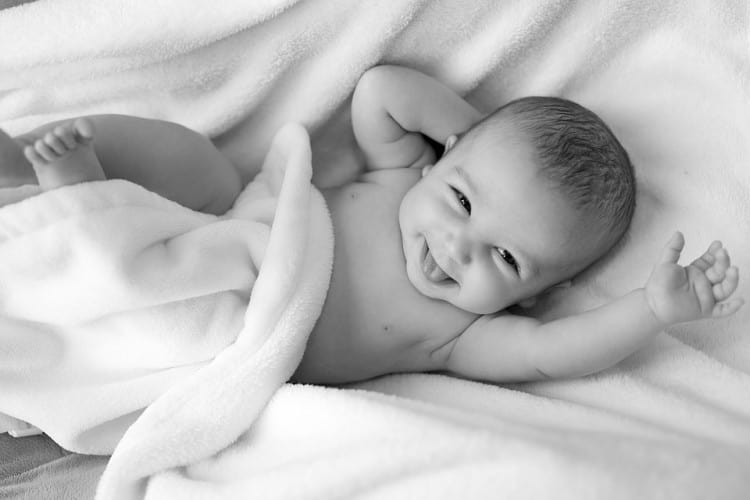 As parents, we all want our children to have the best possible start in life. This includes providing them with a comfortable and safe sleeping environment. One of the most important factors in achieving this is choosing the right mattress for your child.
Studies have shown that proper sleep is crucial for a child's physical, mental, and emotional development.
Therefore, it is essential to invest in a quality mattress that will support your child's growth and overall well-being.
As parents, we all want our children to have the best possible start in life. This includes providing them with a comfortable and safe sleeping environment. One of the most important factors in achieving this is choosing the right mattress for your child.
Studies have shown that proper sleep is crucial for a child's physical, mental, and emotional development.
Therefore, it is essential to invest in a quality mattress that will support your child's growth and overall well-being.
The Different Types of Mattresses
 When it comes to mattresses, there are various types available in the market. The most common ones are innerspring, memory foam, and latex mattresses. Each of these has its own set of benefits and features that may suit different needs and preferences.
In choosing the best mattress type for your child, it is important to consider factors such as support, comfort, and durability.
When it comes to mattresses, there are various types available in the market. The most common ones are innerspring, memory foam, and latex mattresses. Each of these has its own set of benefits and features that may suit different needs and preferences.
In choosing the best mattress type for your child, it is important to consider factors such as support, comfort, and durability.
Innerspring Mattresses
 Innerspring mattresses are the most traditional type of mattress, and they are widely used for children.
They are made up of steel coils covered with layers of padding and fabric. These mattresses provide excellent support and are known for their durability. However, they may not be the best choice for children with allergies, as they may contain materials that can trigger sensitivities.
Innerspring mattresses are the most traditional type of mattress, and they are widely used for children.
They are made up of steel coils covered with layers of padding and fabric. These mattresses provide excellent support and are known for their durability. However, they may not be the best choice for children with allergies, as they may contain materials that can trigger sensitivities.
Memory Foam Mattresses
 Memory foam mattresses are becoming increasingly popular, and for a good reason. They are made of a high-density foam that conforms to the body's shape, providing excellent support and pressure relief. This can be beneficial for children who may have trouble sleeping due to discomfort or joint pain.
Memory foam mattresses are also hypoallergenic and can be a good option for children with allergies.
However, they may retain heat, which can be uncomfortable for children who tend to get hot while sleeping.
Memory foam mattresses are becoming increasingly popular, and for a good reason. They are made of a high-density foam that conforms to the body's shape, providing excellent support and pressure relief. This can be beneficial for children who may have trouble sleeping due to discomfort or joint pain.
Memory foam mattresses are also hypoallergenic and can be a good option for children with allergies.
However, they may retain heat, which can be uncomfortable for children who tend to get hot while sleeping.
Latex Mattresses
 Latex mattresses are made from natural or synthetic rubber, which makes them eco-friendly and hypoallergenic.
They provide excellent support and are known for their durability. However, they can be quite firm, which may not be suitable for young children. Additionally, some latex mattresses may have a distinct smell, which may not be suitable for children with sensitivities.
Latex mattresses are made from natural or synthetic rubber, which makes them eco-friendly and hypoallergenic.
They provide excellent support and are known for their durability. However, they can be quite firm, which may not be suitable for young children. Additionally, some latex mattresses may have a distinct smell, which may not be suitable for children with sensitivities.
Final Thoughts
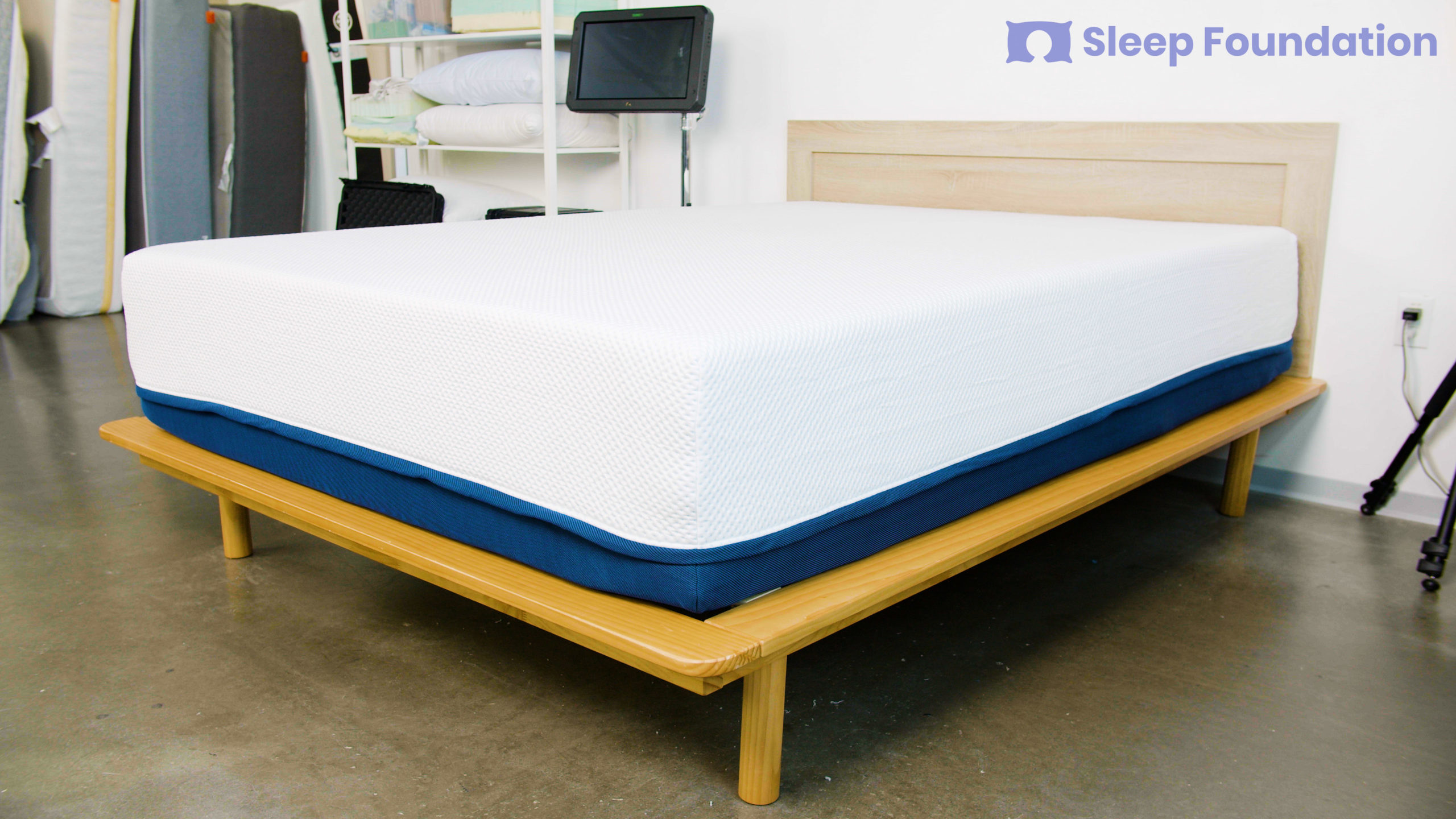 Choosing the best mattress type for your child is crucial for their overall health and well-being.
Consider your child's needs and preferences, as well as the features and benefits of each mattress type.
Don't be afraid to test out different mattresses and seek advice from sleep experts. Investing in a high-quality mattress can make a significant difference in your child's sleep quality and, ultimately, their overall growth and development.
Choosing the best mattress type for your child is crucial for their overall health and well-being.
Consider your child's needs and preferences, as well as the features and benefits of each mattress type.
Don't be afraid to test out different mattresses and seek advice from sleep experts. Investing in a high-quality mattress can make a significant difference in your child's sleep quality and, ultimately, their overall growth and development.



